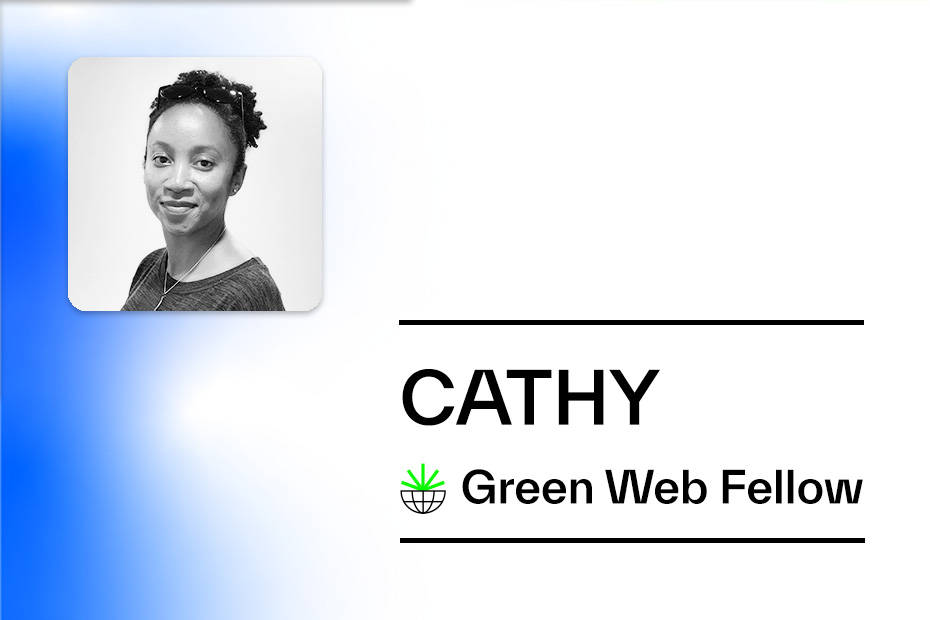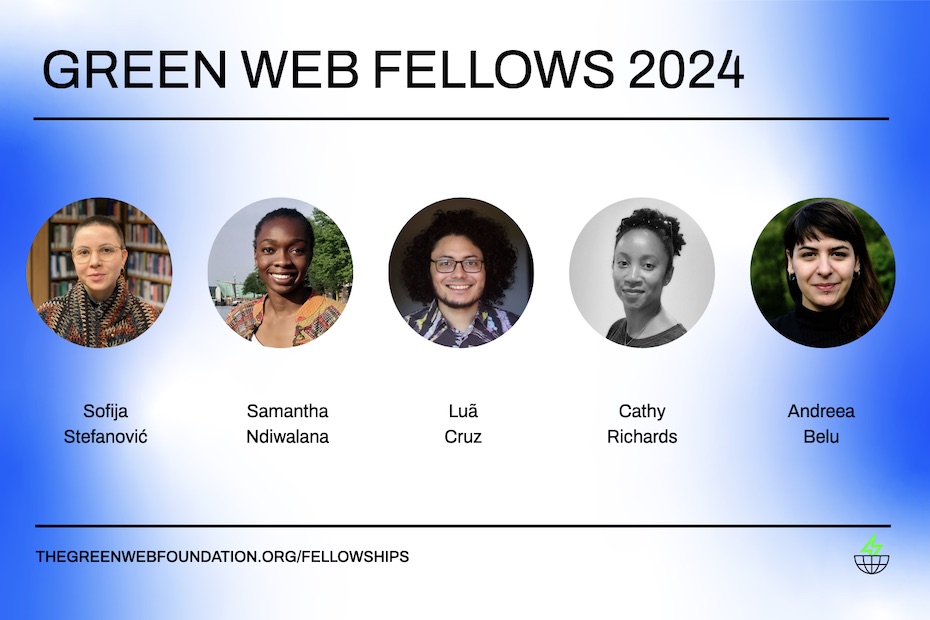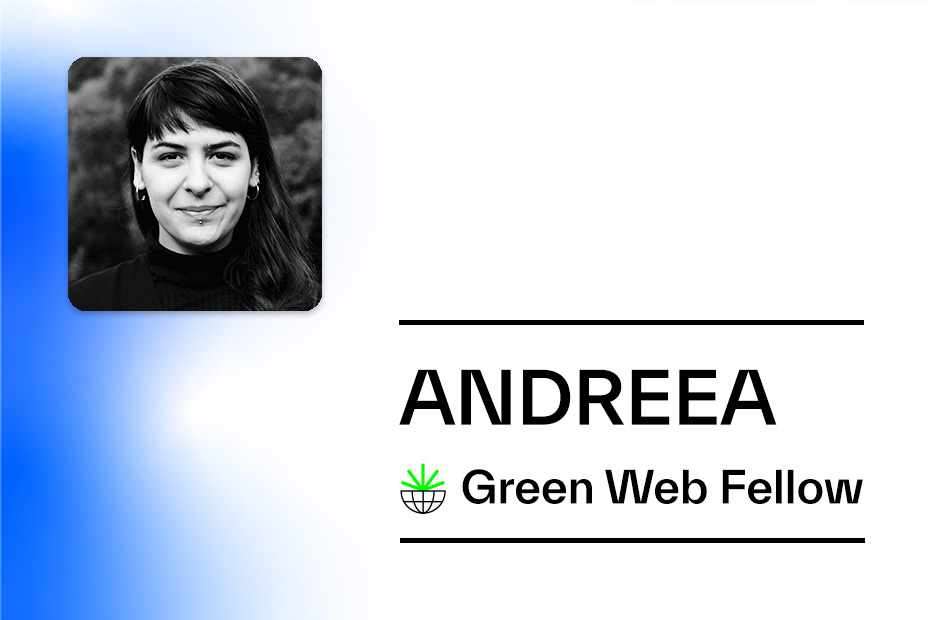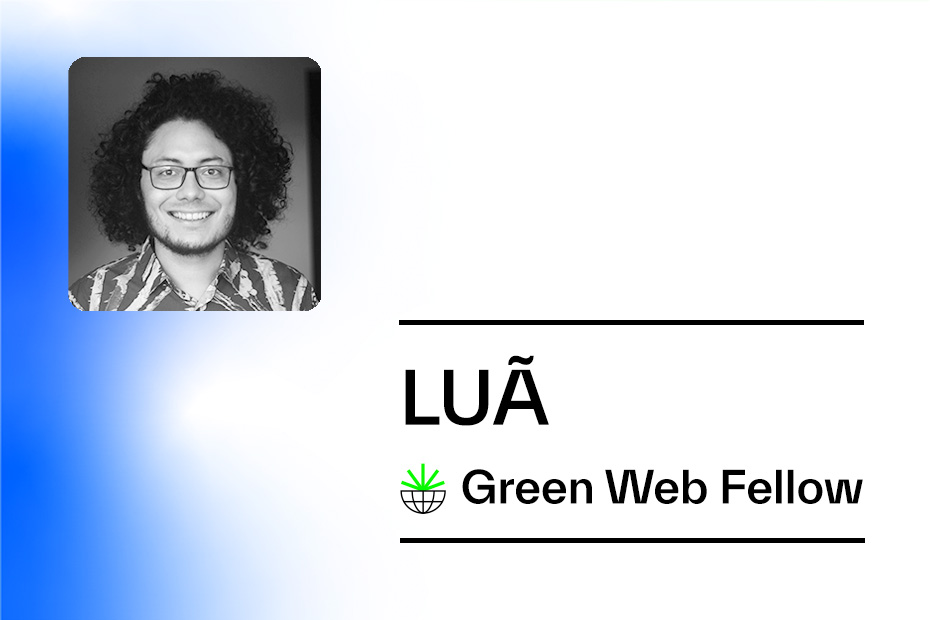My journey six months ago began with conversations with organisations that highlighted the perils and potentials of GIS — like how communities collected geospatial data for advocacy purposes and how it was later used by external parties for commercial gain. With every passing climate emergency there would be a need to create additional maps to better understand what was happening to our world. These discussions prompted a critical question throughout my fellowship journey: How can we harness GIS responsibly and ethically to advocate for environmental justice?
Maps, as I discovered, are trusted more immediately than other forms of visualisations. While researchers are not entirely sure about the reasons behind that, some believe that it’s due to the fact that maps are usually used by those unfamiliar with terrains while others believe that it’s because they came to be around the age of scientific discovery. However, the democratisation of mapmaking tools, while beneficial, also raises concerns about data quality and misinformation, as now anyone can create and share professional-looking maps.
Through literature reviews, interviews, and hands-on testing, my goal of the fellowship was to develop community-centered guidance that was accessible and open source in an effort to make the responsible use of these platforms easier.
Time Flies When You’re Having Fun
Six months is somehow both too little and just enough time to dive into this topic. It forced me to stay focused and avoid the rabbit holes, but also made scheduling calls more difficult than imagined. As other fellows have mentioned, relationship building takes time, somehow always more time than we put in our Gantt charts. For this and everything else, the best piece of advice that I received from the Green Web team was to just get started. On one side, you might send five emails before the call even happens. On the other, the more progress you’ve made the easier it is for people to provide feedback.
What I Learned During my Fellowship
I identified significant challenges and disconnects in the field of GIS that impact its effectiveness for social and environmental justice.
Field disconnect: One major issue is the devaluation of GIS professionals, who often receive lower salaries compared to similar roles in data analysis, despite the complexity of their work. This not only devalues their skillset but also leads to widespread frustration among experts concerned about the frequent mistakes made by non-experts. Moreover, training in this field tends to focus more on the GIS tool than on understanding geographic concepts or spatial analysis, resulting in professionals who are skilled in the software but lack a deep understanding of the underlying theories or implications of their analyses leading to a techno-solutionist approach to geography.
Spatial analysis issues: Spatial analysis in GIS is filled with common issues such as improper normalisation and grouping of data, which can make results appear skewed in one direction, or inferences that lead to incorrect conclusions. Many GIS platforms also tend to struggle with time, failing to adequately represent the dynamic nature of human activities. This complicates the accurate mapping of phenomena that are inherently temporal, such as migration patterns or the spread of environmental pollutants over time.
Western-centered platforms: Lastly, many GIS technologies ‘perpetuate the colonial gaze’, with simpler tools often lacking support for preferred Global Majority (Africa, Asia, Latin American, Indigenous) data formats and advanced (privately owned) tools still defaulting to Western-centric models despite offering better spatial analysis and privacy features. Open source tools tend to excel here, with one tool, in particular, offering community plugins to provide users with anonymity and accurate normalisation of their data. The adoption of such tools and plugins is critical for enhancing the representational accuracy and ethical use of GIS in diverse global contexts, ensuring that the technology serves as a tool for empowerment rather than oppression.
Presenting: Navigating GIS!
In response to these findings, as part of my fellowship, I developed ‘Navigating GIS’, an open-source guide designed to support users through using GIS platforms responsibly. (Note: You can submit changes directly via the GitHub repo or click ‘Edit on GitHub’ on the right side of each page.) This guide encourages open, ongoing community learning which is why it is open to feedback and contributions. I opted for a guide as my research showed that information was scattered in multiple locations (journal articles, platform support guides, and GIS forums) with no way for users to get started quickly as is often the case when financial resources and capacity are low. It is aimed primarily at civil society organisations using (or wanting to use) GIS for environmental justice, however, I also hope it sparks broader conversations in the GIS platform space around ways to support the responsible use of these technologies.
In this first version of the guide, I grouped my research findings into:
- Foundational topics that are relevant when planning any GIS project,
- The underlying cartographic systems and decisions that these platforms incorporate, and
- The common spatial analysis errors and limitations that we need to watch out for.
I aimed to structure the guide in a sequential way so that you’re building on knowledge as you go. I also tried to make the content as modular as possible, so that readers can go straight to where they need to go without having to read a long wall of text. An additional section on use cases, helps readers imagine ways to use the technology, while the Annex provides a breakdown of the most used platforms as well as the resources viewed throughout the fellowship.
Over time, I hope to continue to add to the guide. In particular, I plan to look into:
- GeoAI: Like everywhere else this is still a nascent field but I’ve begun to look into applications of it, including those that make things more efficient.
- Time geography: This topic was larger than the time remaining in the fellowship, so I hope to better understand the concepts and potential features that would address this issue.
- Data management best practices: My conversations surfaced varying approaches ranging from self-hosted servers to USB sticks so it would be great to provide concrete guidance for those hoping to get started easily.
Additionally, I hope to incorporate visual elements and real-world examples into the guide to make the theoretical aspects more tangible. Engaging with diverse communities to gather more use cases and feedback will also be crucial. This will help ensure that the guide not only addresses the technical aspects of GIS but also considers the socio-political impacts of its use, particularly in marginalised communities.
All in all, I want to send an immense thank you to The Green Web team for all the support you’ve given us over the last six months. You helped me keep my ideas and tasks manageable, my thoughts clear, and the fellowship fun throughout.
PS. You can view my fellowship presentation below.



